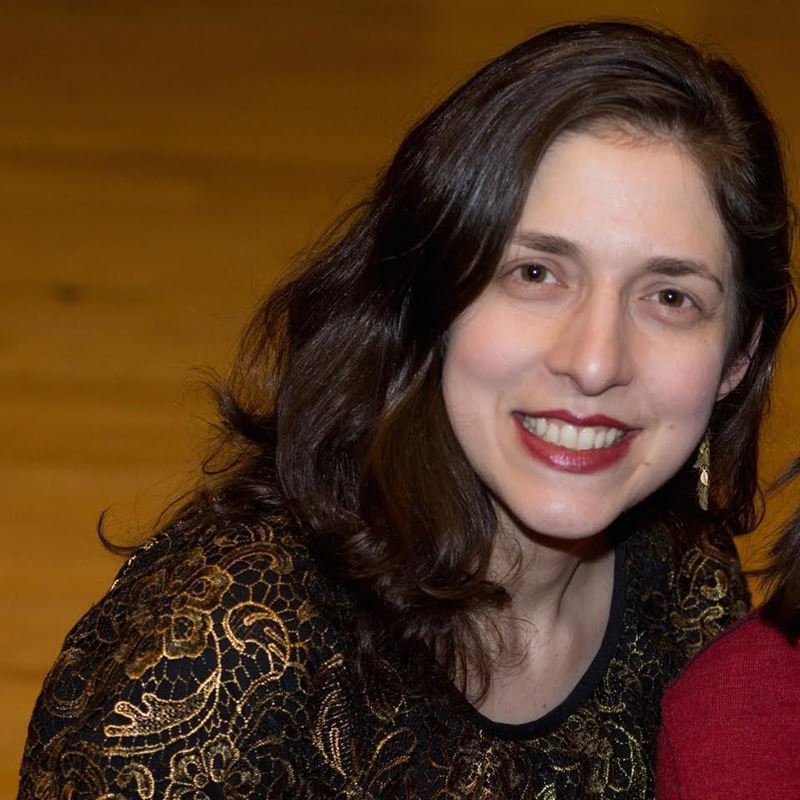A small collection of kiddush cups sits above the dining room sideboard in my childhood home. One slender cup is painted white porcelain, another is wide and covered with fancy filigree. The cup that most captured my attention as a child is squat and silver, engraved with this curious phrase: “Sephardic B. & C. Youth Society.” My mother’s name is listed as the Junior Trophy winner for 1963. At age ten, she was the best among the Sephardic children at her Hebrew school in the city of Salisbury, Rhodesia (now Harare, Zimbabwe).
This particular kiddush cup has taken on increased resonance as I have explored my family’s history over the last several years. My interest in genealogy grew out of the pressing need I felt as a young adult to understand why and how my ancestors made their way through the world, hopscotching from country to country, acquiring new languages and passports, changing their identities as the circumstances required. The process of gathering documents, photographs, and interviews has helped the names on the family tree come alive. Now, while writing about these figures from the past, I am getting to know them in my own way.
The cup symbolizes a narrative unique to my family’s history, and within that, the trajectory of my Sephardic female relatives. My mother’s grandmother was one among eight siblings who emigrated from the Mediterranean island of Rhodes to southern Africa in the early twentieth century. In the relative safety of the colony, these siblings had families, grew businesses and maintained very close ties to their Sephardic cousins and friends. Interviewees have told me that before Shabbat and holidays, the women of the Salisbury Sephardic community would gather to make large quantities of delicacies like masapan and bulemas. They chatted together in Ladino (Judeo-Spanish) even as their children were learning the Queen’s English at British colonial prep schools. Their synagogue was traditional, with the women seated separately — a fact that makes me even more proud of my mother’s Hebrew school prize.
Like a beachcomber patiently searching for sea glass and sand dollars, I have collected as many small gems as I can to help understand my family’s journey. And now, as a parent, I share these stories with my children. Studies show that hearing family stories — even hearing about difficult moments — can build resilience and self-esteem among children and adolescents. As Elaine Reese notes in a 2013 article in The Atlantic, research also shows that the process of receiving narratives, of bearing witness to an older relative passing on precious memories, helps to build strong identities and narrative abilities among younger family members. In other words, hearing our stories will help them tell their own. As Jews, we regularly emphasize teaching communal history; it turns out that teaching our individual family histories can be just as crucial.
Last winter I had the opportunity to help my older son with a poster for his school’s Heritage Night. I asked him which part of the family he’d like to highlight, and he immediately replied, “The Rhodes family — the ones you always talk about.” We sifted through photo prints from my 2006 trip to the island, taken as a break from dissertation fieldwork in Tel Aviv. I showed him the Crusader-era stone gates, Ottoman minarets and the streets of La Juderia, as Rhodes’ Jewish quarter was known. As we sat at the dining table surrounded by photos, maps, glue sticks and scissors, my son and I started a journey of learning side-by-side.
Reese concludes her article by saying, “Family stories can be told nearly anywhere. They cost us only our time, our memories, our creativity. They can inspire us, protect us, and bind us to others. So be generous with your stories, and be generous in your stories.” Often, when I share about my genealogy research, I hear frustration in response: many people lack sufficient information about their ancestors and wish they could know more. However, even if you possess only sparse facts about previous generations, you can still relay stories from your own childhood and share memories of your older relatives. This act of generosity will pay dividends.
My daughter was born in October. As with her older brothers, her middle name, Sol (“sun”), recalls one of our Sephardic relatives from Rhodes. When my parents came to meet her in November, my mother brought blankets, onesies — the usual baby gear. Yet she also unwrapped something unexpected: her prize kiddush cup from 1963. Now this silver cup sits on the sideboard of my dining room in Seattle. I don’t know whether my daughter will go on to become the top student in her Hebrew school, but I do know this: we will start building a new story together, one that is rooted in all who came before us and stretching upwards to those who will follow.

Get To Know The Author
Wexner Graduate Fellow Alum Hannah S. Pressman (Class 15) received her PhD in modern Hebrew literature from New York University. She is co-editor of Choosing Yiddish: New Frontiers of Language and Culture (Wayne State University Press, 2013) and a contributor to the forthcoming What We Talk About When We Talk About Hebrew (And What It Means to Americans) (University of Washington Press). She has facilitated educational programs for Jewish organizations on both coasts and has published articles in Tablet, Lilith, the Forward, eJewish Philanthropy and other venues. Dr. Pressman is currently at work on a memoir about her Sephardic family history, connected to explorations of contemporary American Jewish identity.
